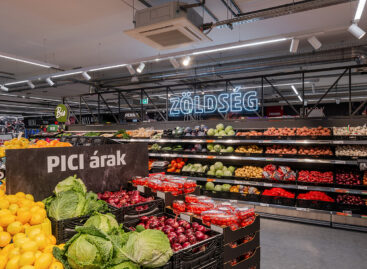Italians eat less pasta
From Italy, the Truth About Pasta; The Italians know that less is more: a call for a return to basics
By NANCY HARMON JENKINS
Published: September 17, 1997
Sign In to E-Mail
Print
Americans are strictly bush-leaguers when it comes to pasta, consuming about 26 pounds per capita each year. Italians, it almost goes without saying, are the world champions, averaging 60 pounds of pasta a year for every man, woman and child in the country. Which works out to five pounds a month. Or by my informal reckoning, at least one large plate of well-sauced and seasoned pasta six out of seven days a week.
And most of that pasta comes from a box.
A persistent notion in American kitchens is that pasta, to be good, must be freshly made by hand, preferably by a venerable grandmother wielding a rolling pin. Second best is pasta cranked from a machine of the kind that tends to gather dust in American kitchens, and with good reason: except in skilled hands, the pasta that exudes from it is seldom very good. Finally, there's the kind of ready-made, fresh pasta available in American shops — an overworked, extruded paste that too often turns to goo in the cooking water.
Ads by Google
And only after all that comes pasta secca, pasta in a box.
Not here in Italy. Except in a few regions of the north, Italians don't bother much with pasta fresca at all. Don't get me wrong. Beautifully made pasta fresca is glorious, but for everyday meals, whether in high-priced Milanese restaurants or humble Tuscan farmhouses, Italian cooks rely on the stuff in the box. And they don't apologize for it, either.
That's not just because pasta secca represents a cheap, quick, easy way to throw together a delicious dish. Italian cooks, professional and at home, are fully persuaded that commercial dried pasta is a high-quality product, every bit as tasty as — and often even better than — pasta fresca.
The most popular dried pasta in Italy is Barilla, which has recently become more widely available in the United States. Like all Italian dried pasta, it is made under rigid Government controls from hard durum-wheat flour, called semola di grano duro in Italian and semolina in English. (Durum-wheat flour is higher in protein and better able to stand up to the rigors of pasta making and cooking than softer bread flour, which is used for making most pasta fresca.
More discerning cooks and pasta lovers in Italy, however, are turning away from such industrially produced products and seeking out a handful of artisanal producers who make pasta the old-fashioned way. There are two important differences in the process: the pasta is extruded through bronze dies instead of through industrial Teflon, giving it a rough-textured surface to which sauce clings rather than slipping off, and the pasta is dried slowly at low temperatures so that it retains more of the nutty flavor and aroma of durum wheat.
Related news
Related news
Now you can get the ingredients for Hungarian lecsó up to 20% cheaper at PENNY
The unmissable favorite of the summer season is fresh, homemade…
Read more >Beer with melon? Or how do Hungarians cool themselves off in the heat?
More people choose air conditioning to relieve the heat at…
Read more >Alcohol-free novelty in the Balaton wine world
Laposa Birtok has reached a new milestone: it has introduced…
Read more >



